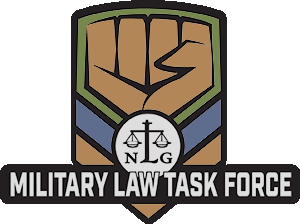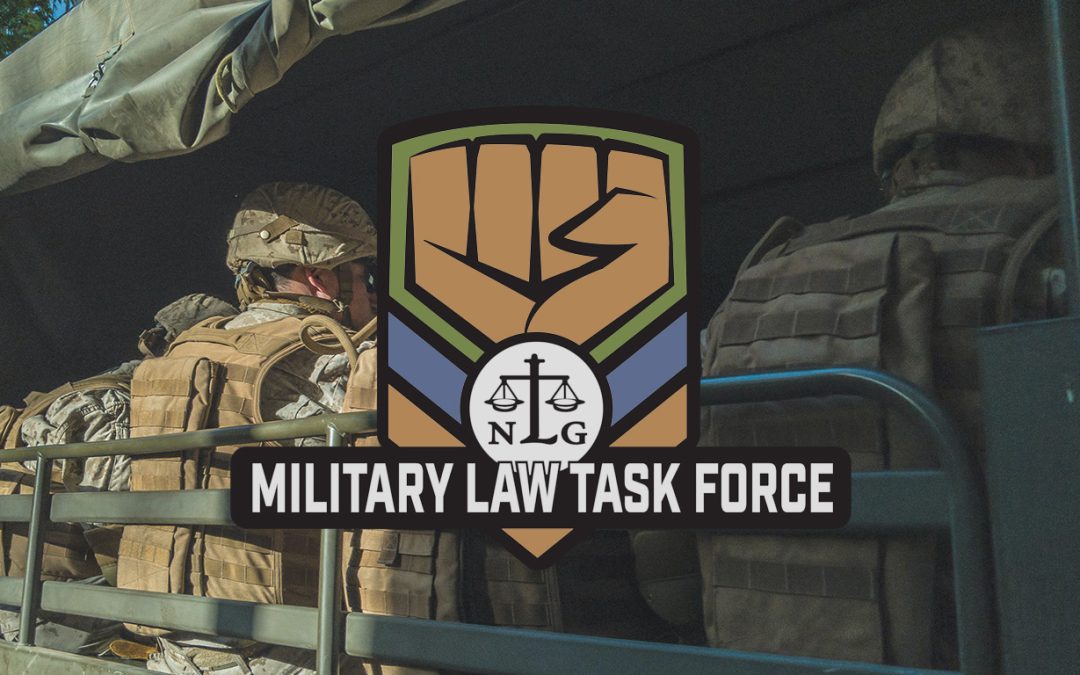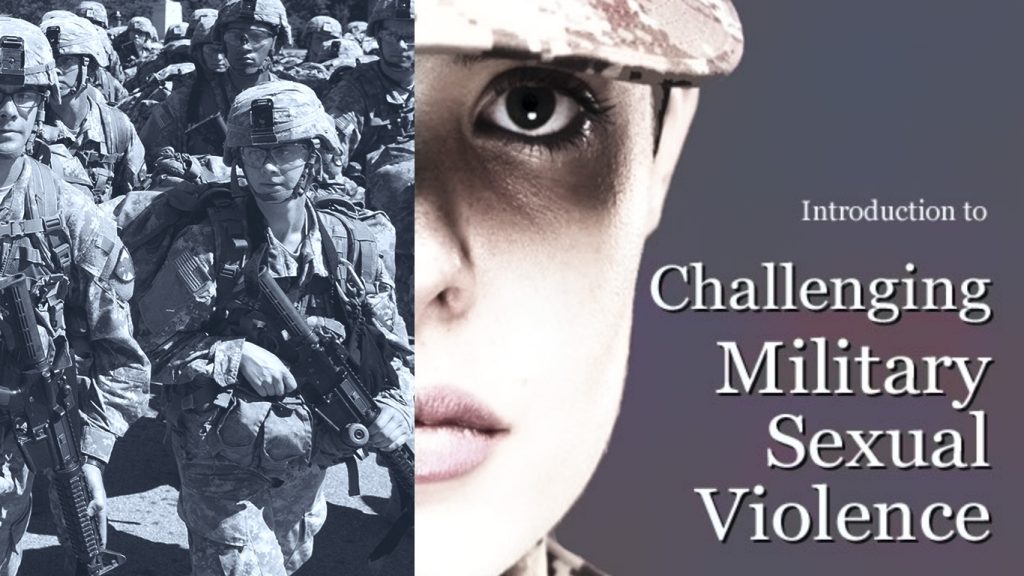By Jim Klimaski
Punishing the transgressor addresses half the problem. Where is meaningful assistance for the victim?
The Tailhook scandal occurred over 20 years ago. At least 83 women and seven men were identified as having been sexually assaulted at the Navy/Marine Corps Tailhook Association Convention held in Las Vegas in September 1991. There were over 4,000 active, reserve and retired service members in attendance, including several Flag officers. What occurred at this gathering soon became public knowledge and calls by members of Congress for an investigation started a long battle between those in the military who wanted to sweep the matter under the rug and senior officials at the Department of Defense who wanted a thorough and complete investigation leading to changes in the military’s attitude toward women in uniform. This struggle still continues with some success, but the victims of the harassment and assault continue to find themselves ostracized, their military career at an end. None of the sexual assault victims from the Tailhook scandal were able to continue their military careers.
With a strong push by Congress, the various military services have begun to take a hard line on prosecuting the alleged perpetrators of sexual assault and harassment. Each service claims it has established a special teams of experienced prosecutors aided by victim witness counselors who help the complaining victim through the court martial process. But outside these legal proceedings little is done to assist the sexual assault victim should they wish to continue their military career.
Sexual assault victims find little empathy or sympathy from members of the unit, especially when the transgressor is also from the same unit. Even when the transgressor has been convicted, there is little benefit for the victim. Medical personnel — psychiatrists, psychologists and therapists try to direct the victim toward medical discharge. The command offers little assistance in normalizing the victim’s situation with the unit. The services have not offered training for unit commanders and senior NCOs on handling these situations. Transfers outside of normal rotation are not easily arranged. Unless there is a genuine open slot for the sexual assault victim, personnel of the gaining unit remain suspicious as to the reason for the new addition to their unit. So far the services have dealt with these transfers on an ad hoc basis with little planning and no followup. Many times the new commander is not apprised of the service members’ situation and he or she volunteers the information directly. Also there are many career branches which are relatively small so that gossip and rumors will set the tone of the new unit environment for the sexual assault victim acceptance or rejection.
Sexual assault remains a major problem in the military. Concentrating on convicting and punishing the transgressor attacks only half the problem. The victim should not be forgotten once the court martial verdict is announced.
 About the Author
About the Author
Jim Klimaski is the principal in the law firm Klimaski and Associates, P.C.located in Washington, DC. He practices in the fields of Military Law, Employment Law, Security Clearances and Freedom of Information and Privacy Law, and currently serves on the MLTF steering committee.



